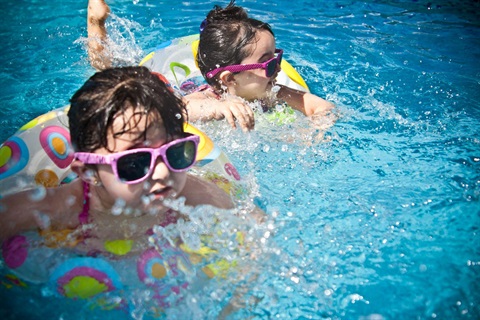
Adult supervision and compliant pool barriers are critical safety measures as the summer swimming season gets underway across the region. Recent data shows drowning remains one of the leading cause of death for children aged one to three years old, with residential pools presenting the highest risk.
Council is urging all pool owners to ensure their pool barriers meet current safety standards and regulations.
Modern specifications, based on the latest evidence and research, provide the highest level of protection against accidental drowning for young children.
'Nothing is as effective at preventing the drowning and near-drowning of children as making sure that kids are under adult supervision at all times around water,' said Nick Moon, Snowy Monaro Regional Council's building certification coordinator.
Statistics reveal that between 2002 and 2022, 549 children aged 0 to 4 years drowned in Australia, with 40% of these tragic incidents involving one-year-old infants. Most drownings occurred in residential pools where there was inadequate supervision or non-compliant barriers.
'Even a moment's lapse in concentration – which is only too common these busy holidays – can result in tragedy. That's why it's so important that pool owners take steps to ensure their home's pool barrier is compliant and secure,' said Mr Moon.
Simple steps you can take to help keep our kids safe:
- Maintain constant adult supervision of children around water
- Ensure pool barriers are secure and well-maintained
- Check that your pool barrier is compliant with current standards
- Read up on Royal Life Saving Australia's Keep Watch initiative and download the Home Swimming Pool Safety Checklist by visiting https://qrco.de/SMRCsafepools
- Keep rescue equipment readily accessible
- Consider first aid training if you aren't already certified
'Putting in a small amount of time and effort now will help keep Snowy Monaro kids safe,' said Mr Moon.
Council's building certification team is available to provide advice about residential pool compliance and safety requirements. Free safety resources and checklists are available.






